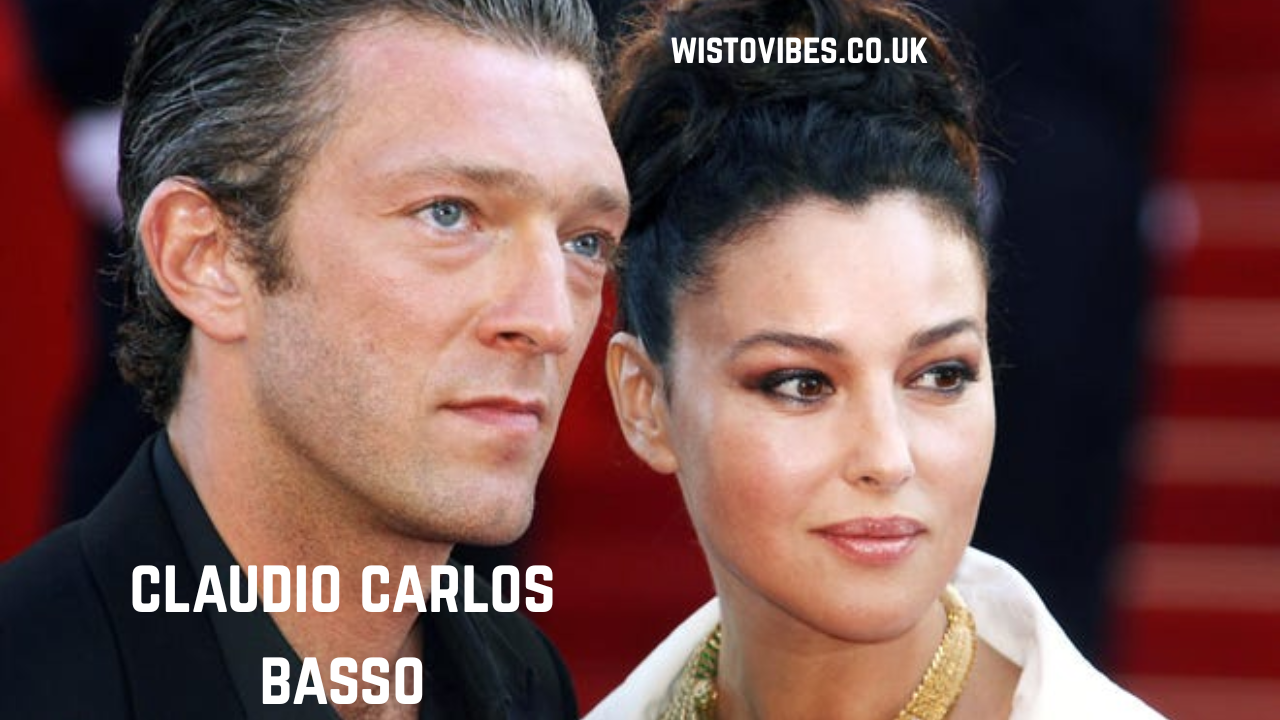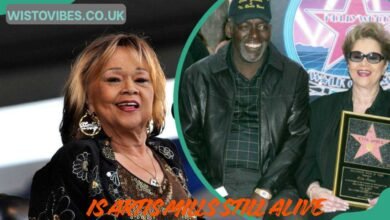Claudio Carlos Basso was born in Paris in 1959 and raised in Italy, where his artistic soul began to take shape. Surrounded by the rich visual and cultural heritage of Europe, he developed an early fascination with form, expression, and atmosphere. At the age of fourteen, a simple yet meaningful gift—a Russian copy of a Rolleiflex camera—became the foundation of his lifelong creative journey. From that day forward, photography became his chosen language of self-expression. Claudio Carlos Basso began experimenting with light and shadow, capturing the world through his unique point of view. His early photographs were simple yet profound, marked by sensitivity and precision far beyond his years. Those early experiences taught him that the camera was not just a mechanical tool but a way of connecting emotionally to what he saw. In Italy, the land of Renaissance masters and timeless beauty, his visual sensibilities blossomed, setting him on a path toward artistic excellence and self-discovery that would later define his professional career.
The Influence of Mentorship and the Rise in Milan
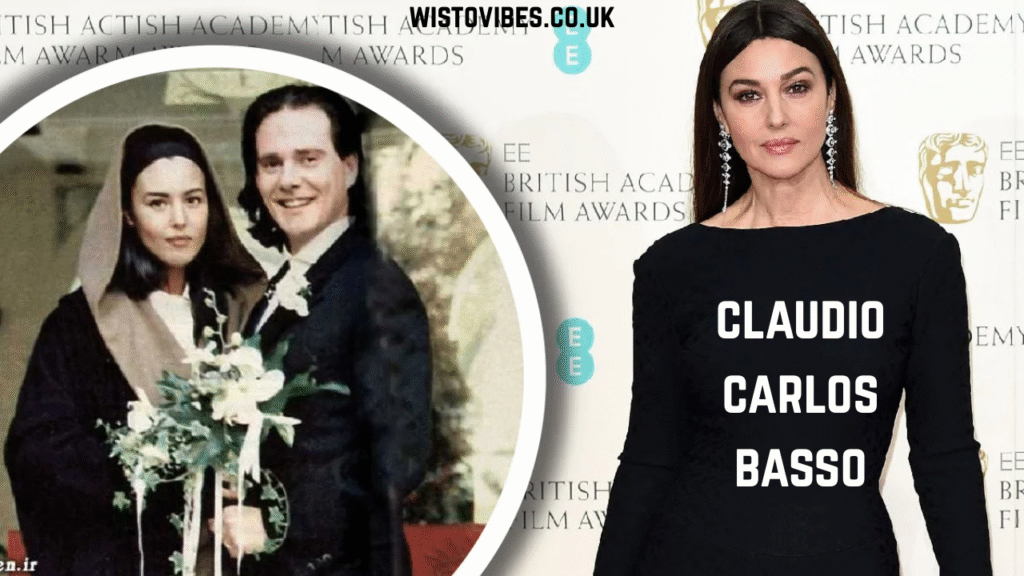
After his formative years, Claudio Carlos Basso moved to Milan, the pulsating heart of fashion and visual innovation. It was there that he encountered Alberto Nodolini, the art director of Italian Vogue, who became one of his earliest mentors. Under Nodolini’s guidance, Basso gained access to archives of legendary photographers, learning to appreciate balance, detail, and emotion in every frame. Milan opened the doors to his first professional opportunities, and soon he began shooting for high-profile fashion magazines. His images appeared in major publications such as Vogue, Elle, Harper’s Bazaar, Vanity, and Grazia, earning him widespread recognition. The city’s vibrant energy and demanding standards helped him refine his craft and develop an aesthetic that combined classical elegance with modern clarity. Claudio Carlos Basso quickly became known as a photographer who could bridge art and commerce, capturing models not as distant icons but as living, breathing individuals. His Milan years defined his professional identity, marking the beginning of his influence in international fashion photography.
The Essence of Style and the Language of Light
Claudio Carlos Basso’s signature style emerged from his deep respect for natural beauty and his mastery of light. Rather than relying on heavy post-production or exaggerated setups, he preferred minimalism and intention. His photography is characterized by a quiet elegance, soft lighting, and an ability to evoke intimacy within grandeur. Each portrait and fashion image reflected his belief that emotion and authenticity matter more than perfection. His photographs speak through subtle contrasts—the interplay of light and shadow, the dialogue between softness and strength, the connection between the subject and the viewer. His mastery of composition and his intuitive understanding of human expression made his work timeless. Claudio Carlos Basso became known for creating images that seemed to breathe, as though the soul of the subject was quietly illuminated. He often stated that he visualized every frame before taking the shot, treating each photograph as a deliberate act of art rather than an accidental capture. This disciplined vision became the hallmark of his career.
The Global Journey Through Fashion and Editorial Success
As his reputation grew, Claudio Carlos Basso’s work extended across Europe, the Americas, and Asia. His editorial assignments and commercial campaigns brought him into collaboration with international brands, designers, and creative directors who valued his refined visual approach. Fashion houses admired his capacity to transform a simple garment into a poetic image, while magazines sought him for his ability to communicate sophistication without artifice. During this period, he produced iconic spreads for major fashion publications, establishing himself as a leading figure in high-fashion photography. Despite the commercial success and recognition, Basso never lost sight of the deeper artistic drive that guided him. The more he traveled, the more he understood that photography was a universal language capable of transcending culture and geography. His global journey not only expanded his portfolio but also deepened his artistic insight, revealing that true beauty lies not in spectacle but in truth. His name became synonymous with quality, sensitivity, and artistic integrity.
The Transformation from Fashion to Fine Art and Portraiture
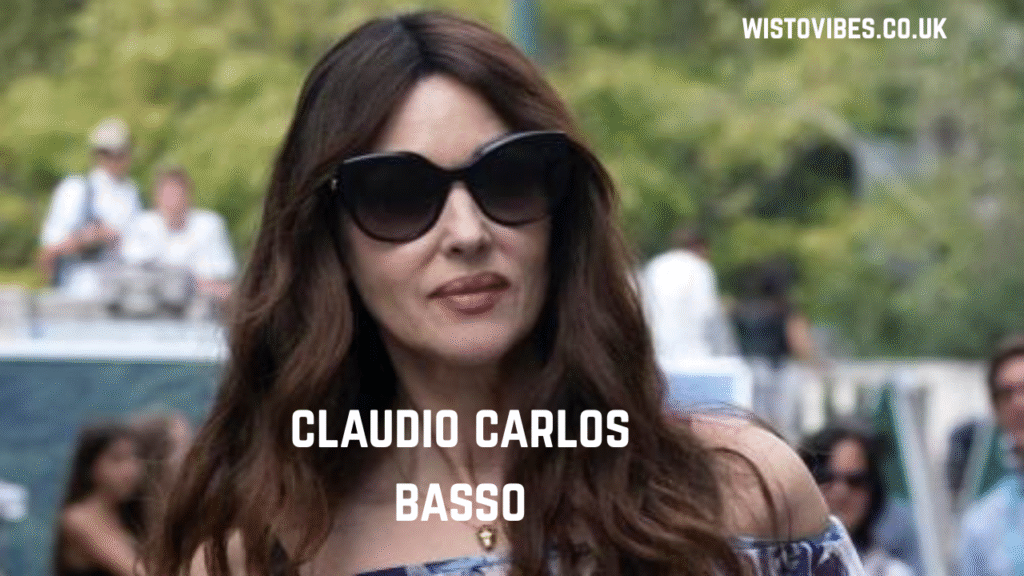
In the middle of his career, Claudio Carlos Basso experienced a transformation that many artists face—a need to move beyond commercial work and seek personal truth through art. After years of shooting fashion editorials and advertising campaigns, he began to question the speed, pressure, and superficial expectations of the industry. Instead of following trends, he turned inward, focusing on portraiture and fine art photography. This transition allowed him to rediscover the joy of creative freedom and personal connection. His portraits began to carry a sense of calm and introspection, often capturing subjects in their most vulnerable and authentic moments. In his later work, the influence of fashion aesthetics remained, but it became secondary to emotion, atmosphere, and soul. He established his own studio space dedicated to creative exploration, producing works that reflected maturity, wisdom, and an appreciation for simplicity. This phase represented a renewal of his artistic spirit and marked the evolution of Claudio Carlos Basso from a fashion photographer to a visual poet.
Personal Life and Relationship with Monica Bellucci
A significant yet brief chapter in Claudio Carlos Basso’s life came in 1990 when he married the Italian actress and model Monica Bellucci. Their relationship began when she posed for him early in her modeling career. They were married in Monte Carlo, and although their union lasted only about a year, it became a memorable part of his personal history. While the public often focuses on this relationship due to Bellucci’s later fame, Basso’s own life and work continued independently of that connection. He has always preferred privacy and has rarely spoken publicly about his personal affairs, choosing instead to let his art represent his inner world. This period reflected his human side—a reminder that behind the camera was a man who experienced love, growth, and change like any artist dedicated to understanding emotion. The marriage may have been short-lived, but it added a layer of tenderness and introspection to his later photographic work, deepening his sensitivity toward human relationships and emotional honesty.
Challenges, Reflections, and Reinvention
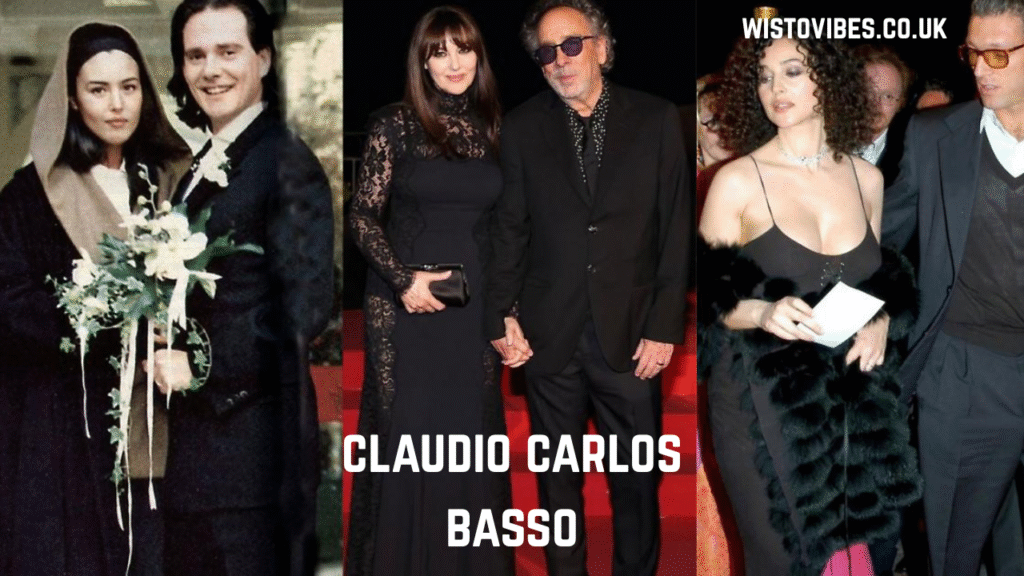
Throughout his life, Claudio Carlos Basso faced the inevitable challenges that accompany creative evolution. The decision to leave the fast-paced fashion industry required courage and conviction. Many artists struggle when their personal values diverge from commercial expectations, and Basso was no exception. Yet he embraced reinvention as part of his creative duty. He often spoke about the importance of patience, planning, and self-knowledge in artistic practice. His approach to photography was methodical yet spiritual—every shoot was prepared in the mind long before it was executed. In his later years, he focused less on fame and more on the integrity of the image itself. He resisted the modern trend of overshooting and digital manipulation, insisting that a true photograph begins long before the shutter clicks. Claudio Carlos Basso’s commitment to authenticity has become an inspiration to young photographers, reminding them that art cannot thrive without purpose and self-awareness. His persistence turned challenges into chapters of growth and wisdom.
Artistic Philosophy and Emotional Connection
Claudio Carlos Basso’s philosophy of photography centers on emotion, silence, and truth. For him, every photograph is a dialogue between the inner world of the subject and the intuition of the photographer. He believes that light is a living element—something to be listened to rather than controlled. His portraits are not about glamour but about essence. Whether he photographs a well-known model or an unknown face, he approaches the session with the same level of attention and respect. He does not chase moments; he creates them through calm observation and empathy. In an era dominated by speed and digital perfection, Claudio Carlos Basso’s work stands as a testament to the value of slowing down and feeling the subject’s presence. His art shows that photography is not only about capturing what is seen but about revealing what is felt. This deep emotional connection has made his work resonate across generations and continues to inspire those who view photography as a form of spiritual expression.
Legacy, Impact, and Continued Relevance
Today, Claudio Carlos Basso’s legacy endures as a model of artistic integrity and visual refinement. His images remain timeless because they are grounded in universal emotion rather than fleeting trends. His evolution from commercial fashion photographer to contemplative artist demonstrates that success can take many forms and that growth is the true measure of creativity. Across his long career, he has influenced countless photographers who admire his technical mastery, his respect for simplicity, and his dedication to truth. His life story serves as a reminder that the pursuit of art is not a race but a journey of discovery. Even now, his work continues to appear in exhibitions and retrospectives that honor his contribution to visual culture. Claudio Carlos Basso stands as proof that art lives beyond fame—it endures through honesty, emotion, and vision. His photographs will continue to inspire, teach, and move audiences who seek beauty in authenticity.
FAQs
Q: Who is Claudio Carlos Basso?
Claudio Carlos Basso is a French-born, Italian-raised photographer celebrated for his achievements in fashion and portrait photography.
Q: What makes his style unique?
His style blends technical precision with emotional subtlety, using natural light and thoughtful composition to reveal the soul of his subjects.
Q: Did he work for famous fashion magazines?
Yes, Claudio Carlos Basso’s work has appeared in leading publications such as Vogue, Elle, Harper’s Bazaar, and Grazia, among others.
Q: Why did he move away from commercial photography?
He transitioned from fashion to portraiture and fine art to pursue more personal, meaningful, and expressive projects.
Q: What is his legacy in photography?
His legacy lies in his timeless approach to beauty, his respect for authenticity, and his influence on future generations of photographers.
Conclusion
Claudio Carlos Basso remains a figure of quiet brilliance in the world of photography. His journey from a young boy with a simple camera to a master of light and feeling reflects the essence of true artistry. Every image he created carries a piece of his soul, a reflection of his understanding that beauty is not constructed but revealed. His life and work stand as an enduring reminder that photography, at its highest form, is not about fame or fashion but about the timeless conversation between light, emotion, and truth.
Read More: Weber Grillvorführung The Ultimate Experience of Flavor Passion and Innovation in Grilling
